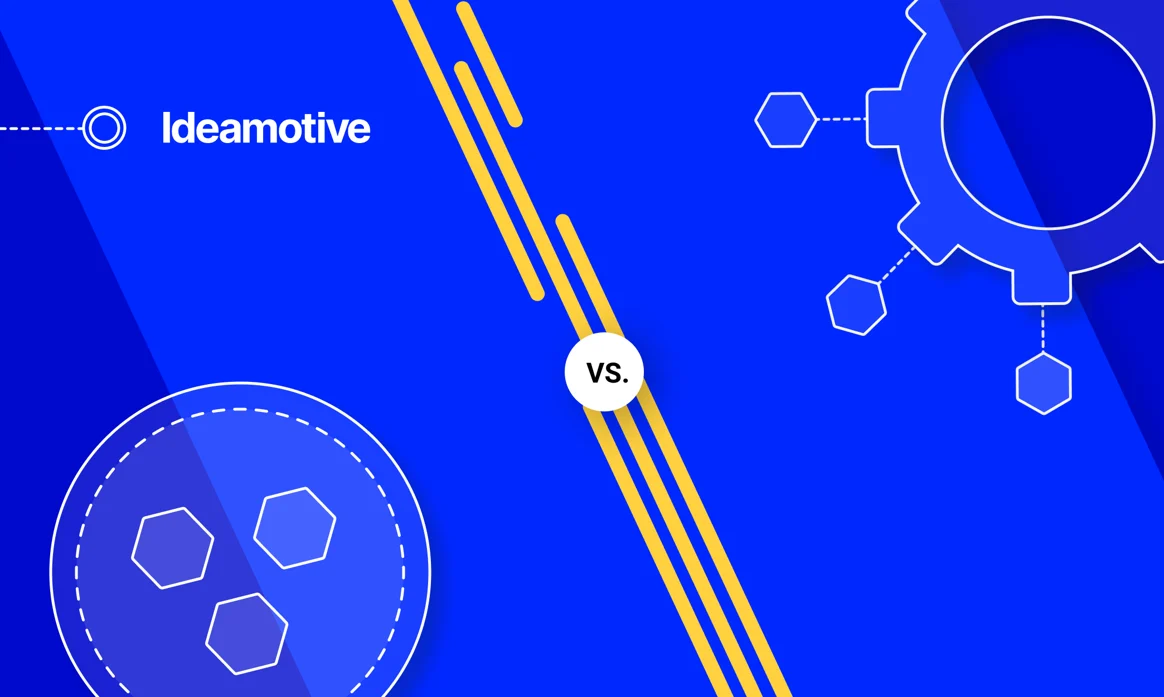In the realm of software architecture, the choice between microservices and monolith is a pivotal decision that can shape the success of your project. At Web Code Care, we understand the significance of selecting the appropriate architecture to meet your project's goals and requirements. In this blog post, we delve into the intriguing debate of Microservices vs. Monolith, exploring their characteristics, benefits, and considerations to help you navigate this crucial decision.
Microservices Architecture:
Microservices is an architectural style that structures an application as a collection of loosely coupled, independently deployable services. At Web Code Care, we embrace microservices for its flexibility, scalability, and ability to accommodate complex and evolving systems.
Benefits of Microservices:
Scalability: Web Code Care leverages microservices to scale individual components independently, optimizing resource allocation and ensuring efficient performance.
Flexibility and Agility: Microservices allow us to update and deploy specific services without affecting the entire application, enabling rapid development and continuous deployment.
Technology Diversity: By using microservices, Web Code Care can choose the most suitable technology stack for each service, enhancing development efficiency and ensuring each component excels in its domain.
Resilience and Fault Isolation: Microservices offer fault isolation, ensuring that if one service fails, it doesn't disrupt the entire application.
Monolith Architecture:
Monolith architecture, on the other hand, consolidates an application's functionality into a single codebase and runtime. At Web Code Care, we recognize monolith's strengths, particularly for smaller projects with straightforward requirements.
Benefits of Monolith:
Simplicity: Monolith's single codebase simplifies development, testing, and deployment, making it an ideal choice for projects with limited complexity.
Lower Overhead: Web Code Care acknowledges that monolith architectures typically have lower operational overhead, making them easier to manage and maintain.
Consistency: Monoliths offer consistent and uniform application behavior, simplifying debugging and reducing potential integration challenges.
Choosing the Right Fit:
Selecting the ideal architecture depends on various factors, including project scope, team expertise, scalability requirements, and long-term goals. Web Code Care collaborates closely with clients to assess these factors and make an informed choice.
Hybrid Approach:
Web Code Care recognizes that not all projects fall squarely into the microservices or monolith category. Our expertise allows us to design hybrid architectures that combine the strengths of both approaches, providing the best of both worlds.
Collaboration and Communication:
Regardless of the chosen architecture, effective collaboration and communication between Web Code Care's team and clients remain central to successful project outcomes. Clear expectations, regular updates, and a shared vision ensure alignment and satisfaction.
Conclusion:
Microservices and monoliths each have their merits and applications. Web Code Care's in-depth understanding and experience empower us to guide you in selecting the architecture that aligns with your project's unique needs, fostering innovation and success.
Stay connected with Web Code Care as we navigate the nuances of software architecture, delivering projects that surpass expectations. If you're ready to embark on your next software development endeavor, reach out to us today.

 August 04, 2023 - BY Admin
August 04, 2023 - BY Admin